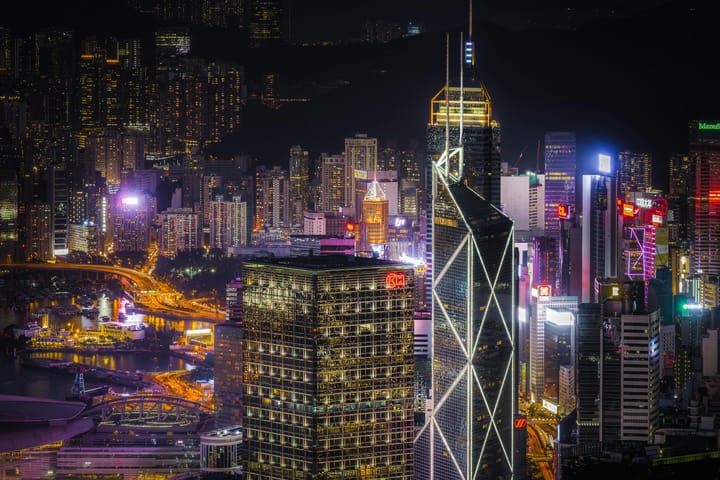Protest and demonstration on International Women’s Day

A few minutes every morning is all you need.
Stay up to date on the world's Headlines and Human Stories. It's fun, it's factual, it's fluff-free.
Thousands all over the globe took part in protests and celebrations to mark International Women’s Day on March 8.
The demonstrations were widespread and well-attended as people demanded an end to gender-based discrimination, inequality and violence. The theme of this year’s celebration was “I am Generation Equality: Realizing women’s rights".
The majority of protests were peaceful, but a number turned violent after police crackdowns and provocation from opposition groups.
Most went ahead despite fears over the coronavirus.
Large protests in South America
According to the Associated Press, one of the largest International Women’s Day demonstrations was in Chile. National Police estimated that around 160,000 people took part across the country. Organizers, however, said the number was larger.
Law enforcement and protesters reportedly clashed, with demonstrators throwing rocks. In Santiago, the police fired a water cannon and released tear gas to disperse crowds.
A large rally also took place in Mexico. Around 80,000 demonstrators, protesting days before the planned “women’s strike,” gathered in Mexico City to highlight the country’s rising levels of violence against women.
Protesters also painted the names of femicide victims on the walls of the National Palace. Some attendees wore green scarves in solidarity with activists in Argentina, whose president recently proposed legalizing abortion.
European demonstrations
Thousands of women marched in Madrid and other Spanish cities. At the head of a march in the capital, a banner read “With rights, without barriers. Feminists without frontiers."
In Germany, hundreds of women rode bicycles through the streets of Berlin in a feminist demonstration called “Purple Ride."
Even in Italy, where 16 million have been quarantined in an effort to stem the spread of the coronavirus, small scale celebrations took place.
In the United Kingdom, the BBC reports that many groups held online campaigns instead of demonstrating in public because of the coronavirus outbreak. One group that did turn out was Extinction Rebellion. The Guardian writes that that 31 members of the climate activist group protested on Waterloo Bridge, highlighting “the vulnerability of women around the world in the face of climate breakdown."
The “March4Women" demonstration, which drew large crowds in the British capital, also went ahead. And, in one of her last appearances as a senior royal, Meghan Markle, the Duchess of Sussex, marked International Women’s Day by surprising pupils at a school in London.
Some clashes
Tensions between demonstrators and police broke out in Turkey. According to reports, Turkish riot police fired tear gas at protesters in Istanbul, who marched despite a government ban.
At Turkey’s border with Greece, where thousands of migrants have gathered after the Turkish government opened its border, women carried signs with the words “Help Us" and “Don’t Kill Us — We Are Human."
The Guardian reports that a hardline Islamist group tried to break up a women’s march in Pakistan. Meanwhile, masked men attacked female protesters in Kyrgyzstan, ripping up their placards.
One demonstration in Paris also descended into violence, with police ultimately arresting nine people. Activists and politicians criticized heavy-handed policing. Paris mayor Anne Hidalgo reacted with shock to the “unacceptable and incomprehensible" disorder.
What is International Women’s Day?
The celebration has its origin in the labor and socialist movements of the early 20th century. The first Women’s Day officially took place in New York City on February 28, 1909, and was organized by the Socialist Party of America.
After women gained the right to vote in Russia, March 8 became an official holiday in the Soviet Union.
The day was mainly celebrated by socialist movements and in communist countries, but the feminist movement adopted the holiday in 1967. The United Nations (UN) officially began recognizing it in 1977.
According to the United Nations, International Women’s day “is a time to reflect on progress made, to call for change and to celebrate acts of courage and determination by ordinary women, who have played an extraordinary role in the history of their countries and communities."
[article_ad]




Comments ()